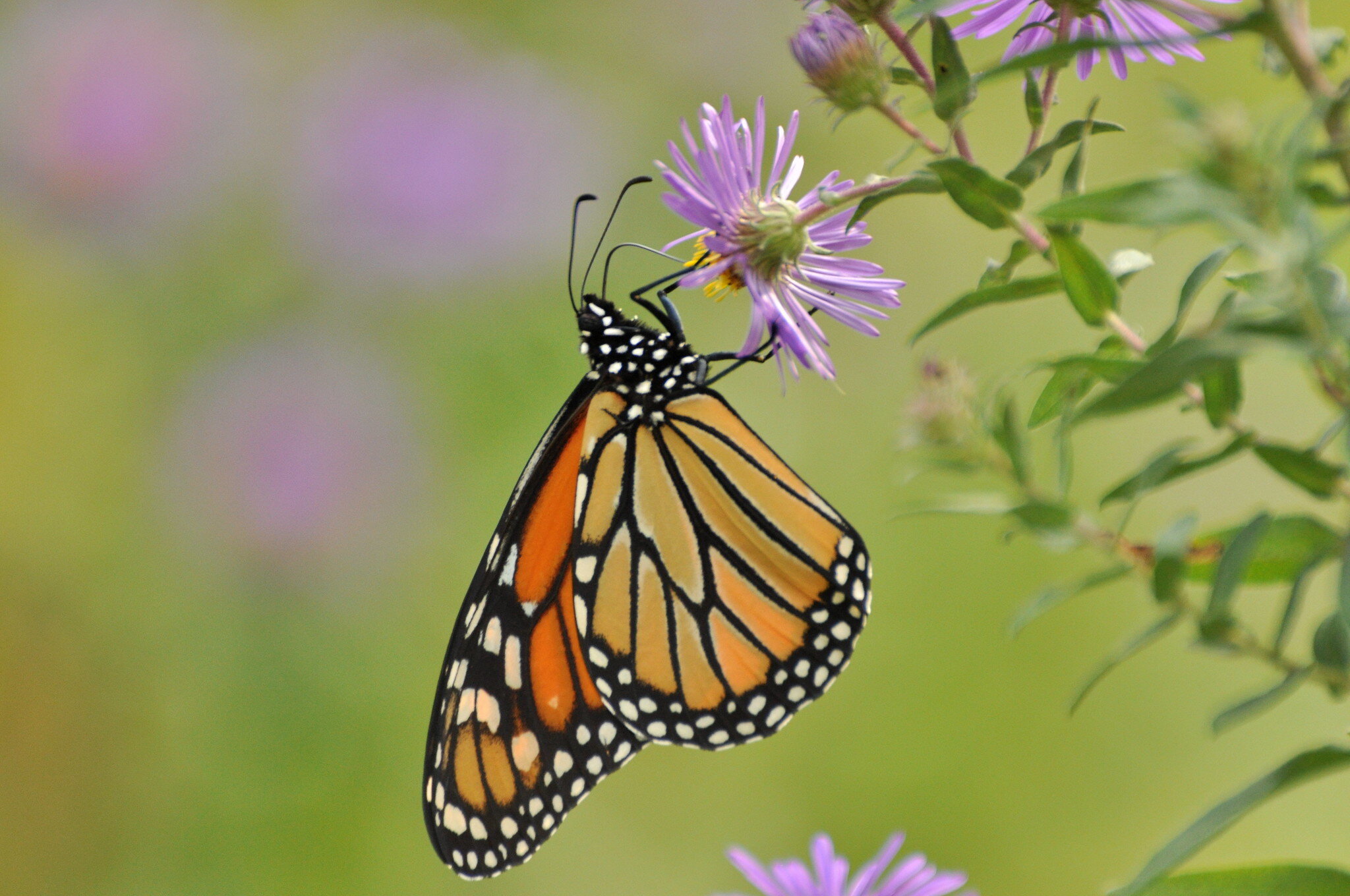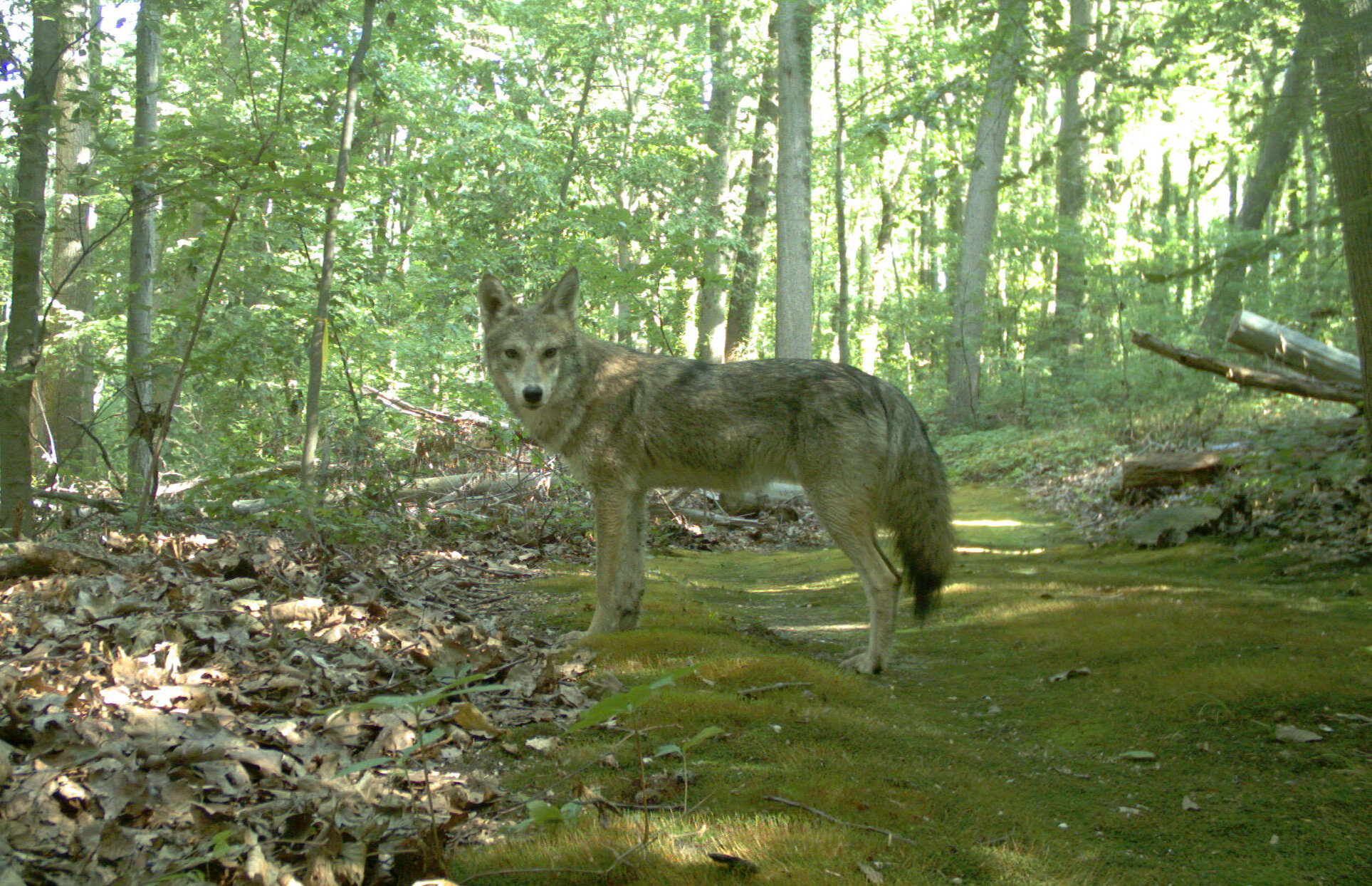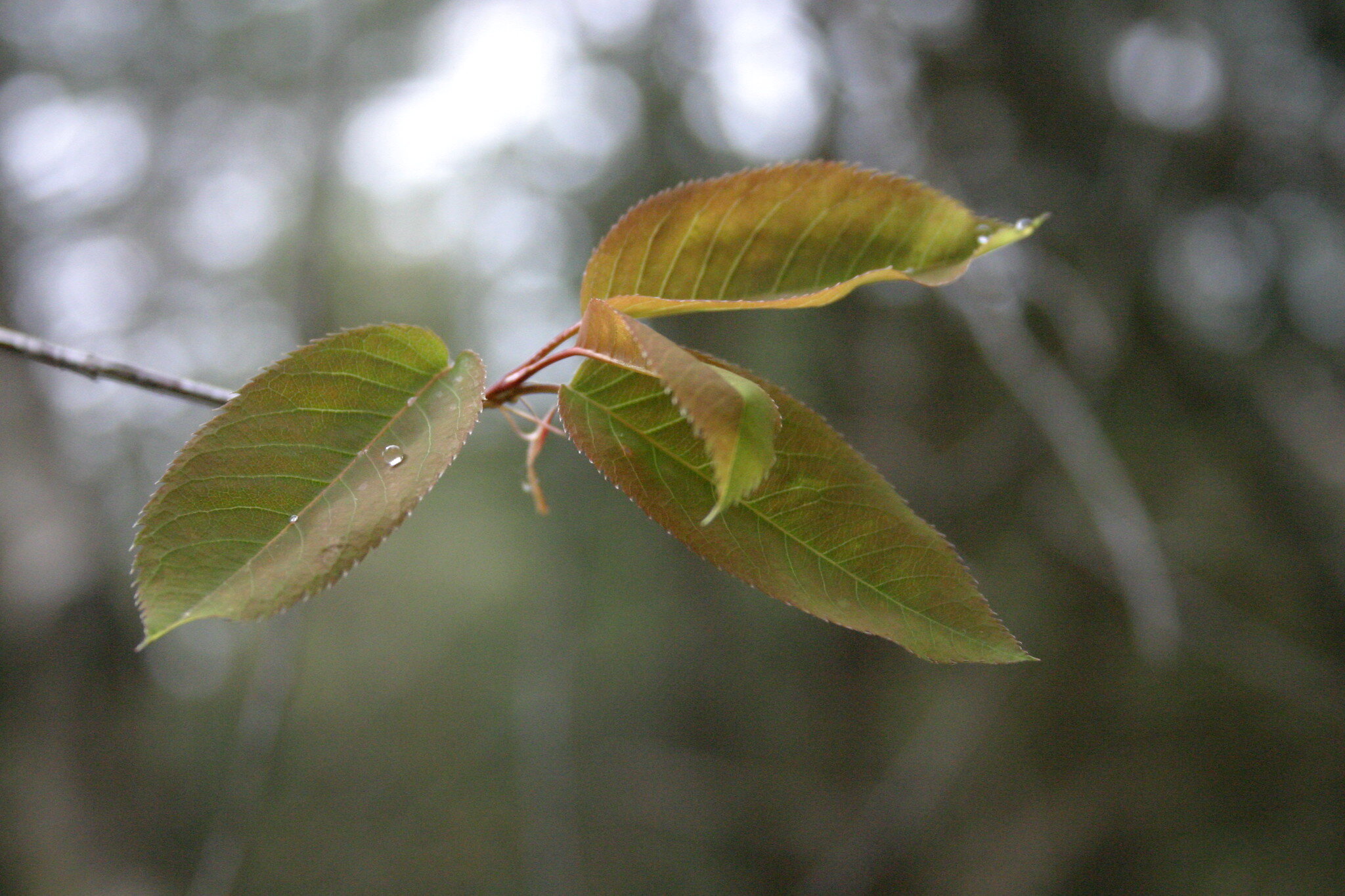by Jill Peters
Picture a beautiful beach day at Fire Island National Seashore. The sun is shining, the waves rolling, and beachgoers rest upon the sand. Now imagine that you are working, not vacationing, at the beach. Every August, while everyone else is jumping into the ocean, National Park Service (NPS) staff spend hours walking in hot, soft sand, in search of a very special plant: seabeach amaranth (Amaranthus pumilus).

Seabeach amaranth is a somewhat inconspicuous plant that typically grows just above the high tide line in flat areas that are sparsely vegetated. Upon closer inspection, it is a beautiful low-lying plant made up of vibrant red stems and round waxy dark green leaves.
The plant’s success is determined by weather events like hurricanes and nor’easters. Storms can wipe out the plant but also create its preferred habitat, flat, sandy swathes along the upper beach. The elements also play an important role in the species life cycle. Seabeach amaranth is dispersed by wind and water and the hardy seeds can last for decades.
Jill Peters is Science Communications Park Ranger for the National Park Service. She served at the Fire Island National Seashore from 2016 to 2017. She recently moved to Rocky Mountain National Park (where, sadly, there is no sea beach amaranth to be enjoyed).
Seabeach Amaranth was listed as a federal threatened species in 1993. New York’s protected beaches harbor some of its few remaining strongholds.
Cover photo by National Park Service. Illustration by Steve Terr. All Rights Reserved.



